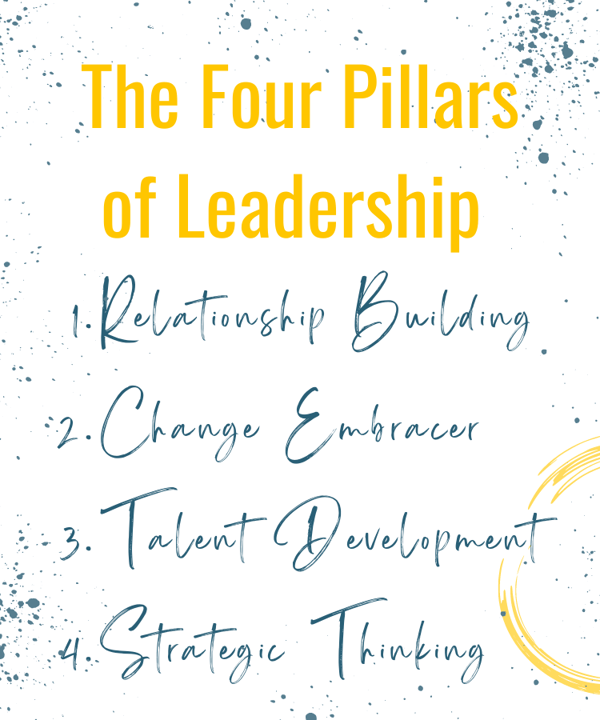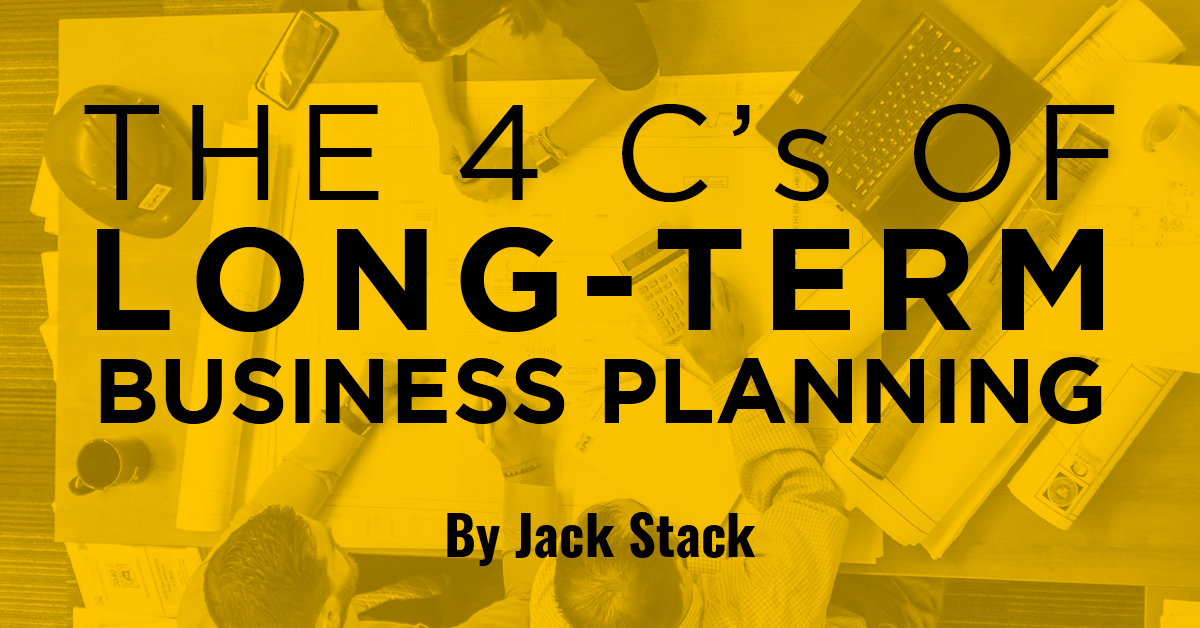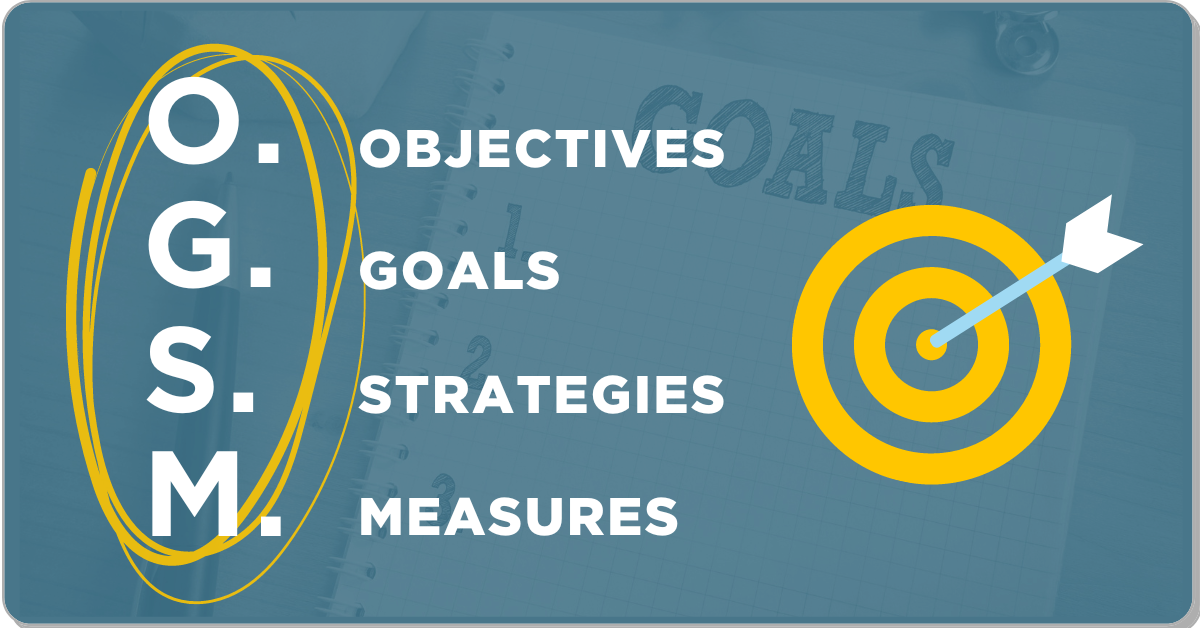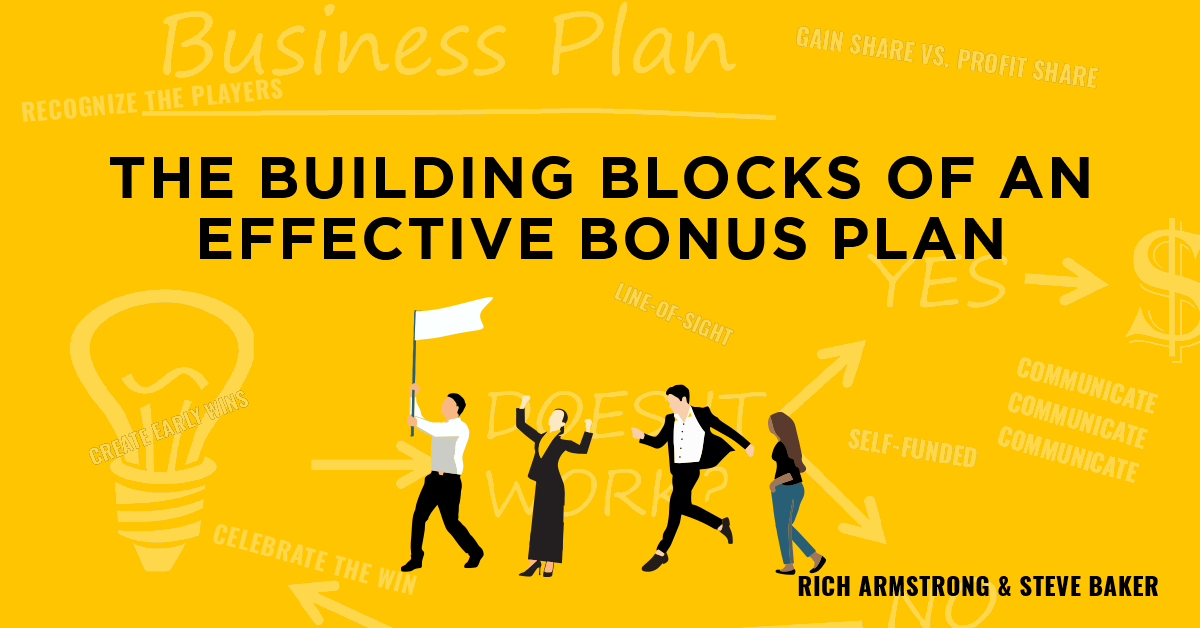.png?width=1200&name=Copy%20of%204%20pillars%20of%20leadership%20(3).png)
As I was growing up on the shop floors of manufacturing plants, I was constantly bombarded with best practices that had names like total quality management, management by objectives and lean manufacturing. The idea was that the company’s management was trying to make us more productive and efficient. If one person could run a machine and still have time to stand around, we would give him two more machines to run. That was breakthrough thinking, essentially operating those two extra machines for free since we increased the productivity of this worker.
This mindset of continuous improvement has been drilled so deep into my head that I think about it even when I’m doing something ordinary like fixing dinner. I’m always wondering what other things I can be doing at the same time to make myself more productive. If I get the water boiling, then I can chop the vegetables while baking something in the oven. I may not be the greatest cook, but at least I’m an efficient one!
When I look back over the past 45 years of my career, I also realize that I’ve gone through a lot of evaluations, from consultants on the shop floor measuring how productive we were, to enduring a 360-degree evaluation with my boss and peers. I’ve been top-graded, low-graded and everything in between, but I always knew how to play these kinds of systems—to rig them in a way that I came out ahead after I played them the first time.
All the systems I’ve seen come and go over the years had useful elements, but there was always something missing from each equation.
It wasn’t until I started working with Robert Rosen, a Ph.D., and organizational consultant who wrote several books on leadership including The Healthy Company, that I saw a better way. Working with Rosen, I finally got the idea to boil down all the pieces that everyone had been trying to teach us about leadership in the workplace into as short of a list as possible. I wanted a short cut, something simple and straightforward that I could use to evaluate whether someone was a good leader or not.
Of course, trying to boil down a short list of leadership evaluation metrics wasn’t a simple process. It took me a long time to finally arrive at the answer. Through our work with Rosen, we eventually condensed the massive list of potential attributes to track down to something manageable:

If someone can master these four elements, then they can become a great leader—simple as that. And I believe that anyone can become a great leader. Let me explain what I mean by each of these pillars.
1. Relationship Building
What is great leadership? To be a great leader, people need to trust you. They have to have confidence in you, to be able to laugh with you. Those are the building blocks of longstanding relationships, which is what you need to build an organization. You need to build relationships with your associates, your customers, and suppliers.
Too often, we take a military approach to building an organization where everything is run top-down and by the rules. But you can’t order someone to “pour their heart and soul” into building something special. You can only inspire someone to do that if you already have built a great trusting relationship with him or her.
2. Change Embracer
Boy, things have changed since I was working on the shop floor. Back then, everyone was programmed to reject change. Everyone had a top-down mindset and wanted to run everything by command and control. It was all about following the rules. But what good is a leader who can’t adapt to change? How do you keep up with the latest developments in the economic markets or technology if you’re not open to seeing the new reality unfolding before you?
Things move so fast these days they become obsolete before you know it. Sometimes people get stuck in their patterns and they forget to step back and look at the big picture. It’s about identifying opportunities. The best leaders have a hunger, a craving to learn new things–to look at the world in new and creative ways.
3. Talent Development
Someone once said that the greatest thing you can leave an organization is a replacement. What a powerful statement that is. It doesn’t matter what the position is, it all comes down to developing new talent in the organization. But, if your organization isn’t developing talent, then I can guarantee that you are leaving growth opportunities on the table. After all, how can you pursue new things if you don’t have the people to tackle them?
The best organizations are those that actively grow leaders all the time. It’s not that difficult to do; you break down activities into different jobs and then give people the chance to lead them. If you can build leaders that way, you can capitalize on opportunities to grow. It all comes down to recognizing and developing new talent.
4. Strategic Thinking
The fourth pillar was the hardest one to arrive at. I scratched my head for a long time before it really hit me. As a whole, most of us are pretty good at following the rules or doing whatever a job description might say we should do. We’re also pretty good at dreaming up big, hairy audacious goals like Jim Collins tells us to. But I think what’s missing is the part on how you create a plan to make that BHAG come about.
Strategic thinking is all about connecting what you want to be when you grow up with a plan to get there. It’s about developing the ability to see around corners and planning for what might go wrong. Instead of worrying about things that might go wrong, start doing something about it. I’m proud to say that this is something we’re really good at in our company. We’re always dreaming up contingency plans in case we don’t hit our goals because we want to protect our jobs. But we could still do better. I want the younger generation of leaders in our company not just to following the 10-year strategic plan we started in the wake of the 2009 recession. I want them to be thinking about what they want to accomplish the decade after the next recession hits. Strategic thinking is a tricky thing, but it’s an essential one to keep your organization growing into the future.
From Theory into Practice
We truly have built our company upon these four pillars—you’ll see them listed all over the place. For example, my longtime associate dating back to our International Harvester days and one of our vice presidents, Steve Choate, has them printed on a whiteboard right behind his desk (Steve has actually added a fifth pillar: a drive to hit targets).
Steve says he not only uses the pillars to form the basis of his annual performance appraisals with those who report to him (he scores his people on a scale of 1 to 5 on each pillar), he also uses them to strike up conversations with his people all of the time. “Give me an example of someone you have mentored?” he might ask, or, “who outside of this company would run through a wall for you?”
I love how Steve does this because it’s his way of continually building a leadership mindset throughout our company and our community. Or, as Steve puts it, “it all comes back to improving the quality of your life and of everyone associated with it.”
Learn more about the Pillars of Leadership and the 10-Steps of Implementation at our next Get in the Game Workshop.
Other Articles You Might Like:
.png)



.jpg)











